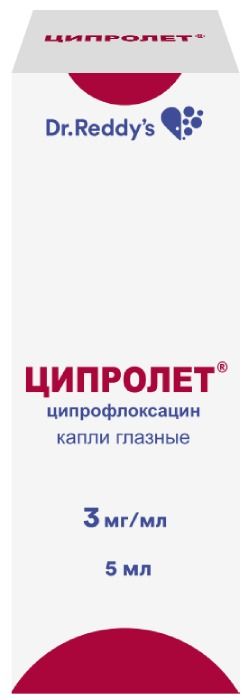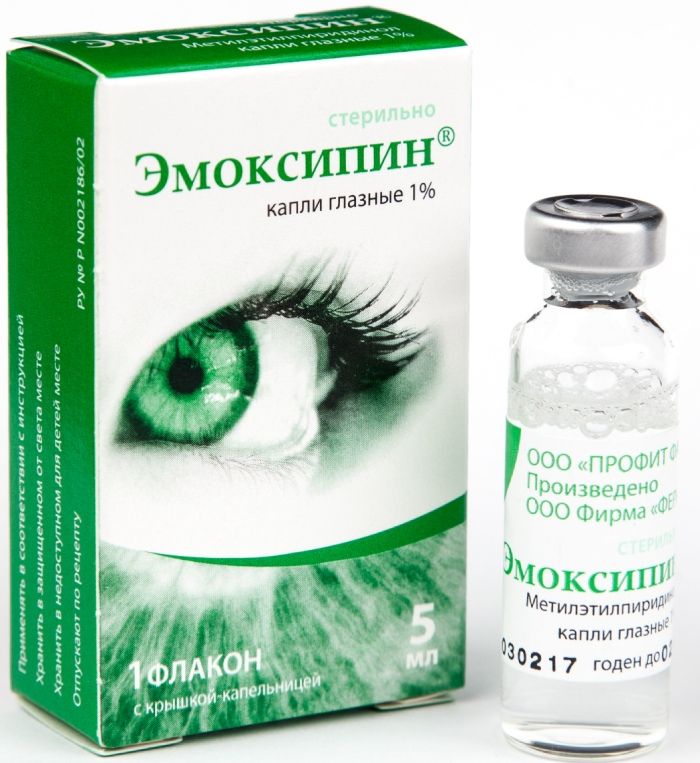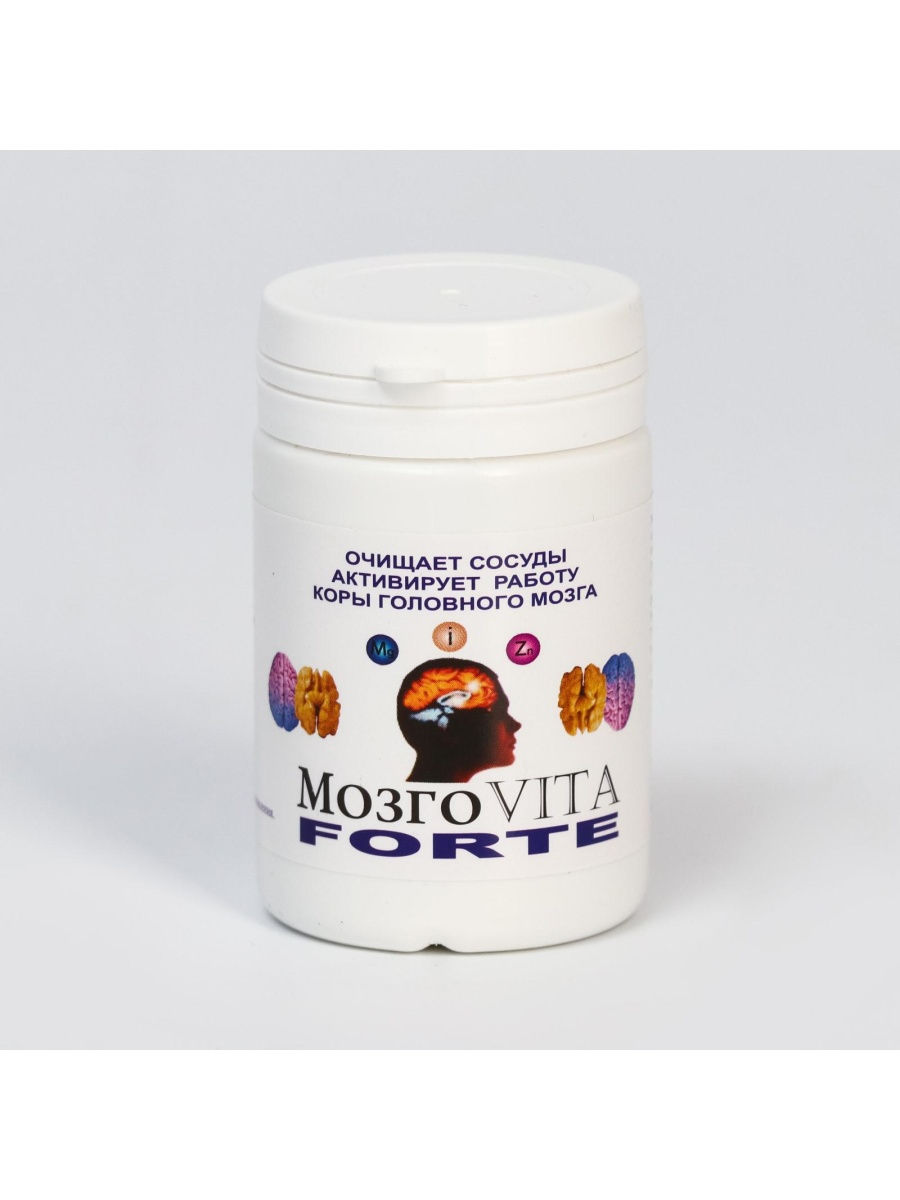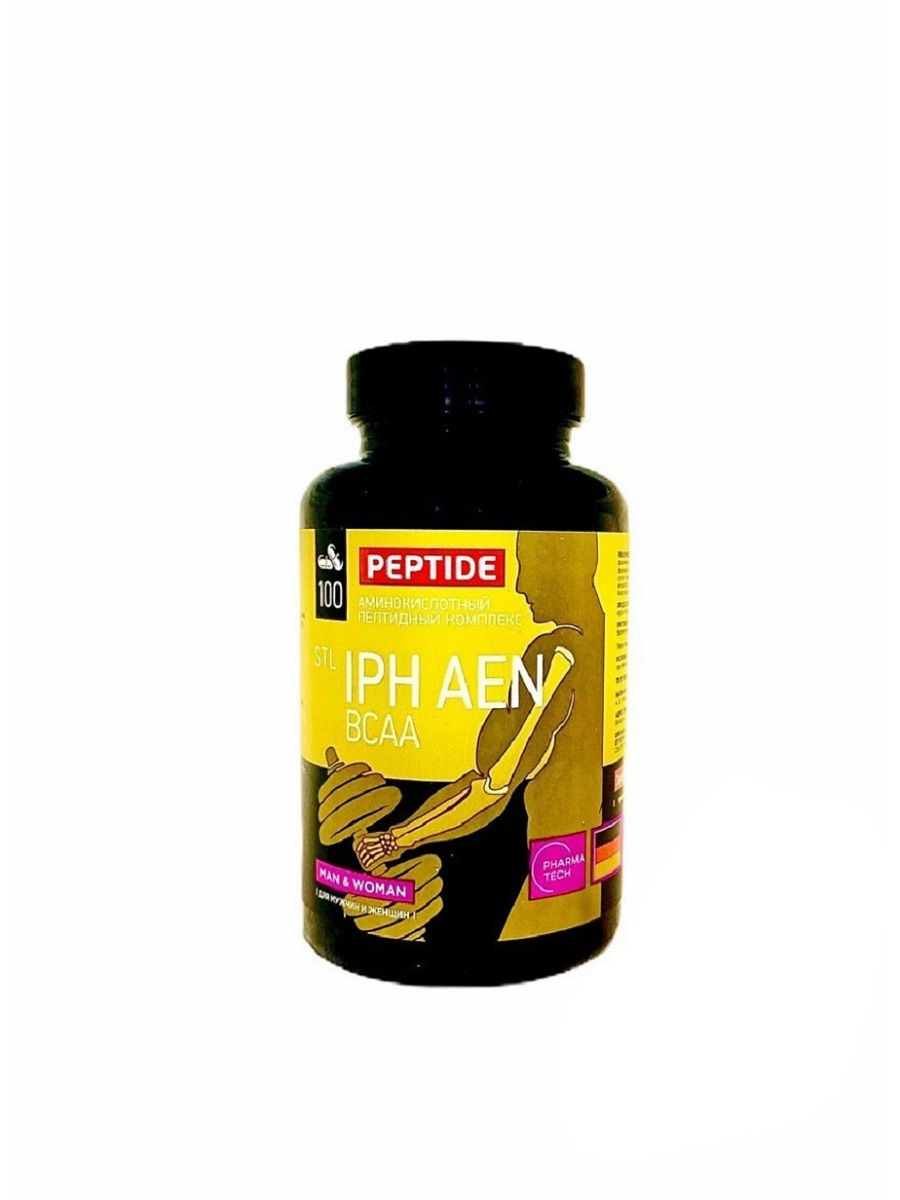- No products in the cart.
Tsiprolet drops Ch. 0.3% 5 ml-vial cap.
$1.38
Tsiprolet drops Ch. 0.3% 5 ml-vial cap.
Description
Composition
Active substance:
ciprofloxacin hydrochloride (equivalent to 3.0 mg of ciprofloxacin) – 3.49 mg / ml.
Excipients:
Disodium edetate 0.50 mg Sodium chloride 9.00 mg benzalkonium chloride solution 50% 0.0002 mL, 0.000034 mg hydrochloric acid, water for injection to 1.0 ml.
Description:
Transparent, colorless or light yellow solution.
Product form:
Eye drops of 3 mg / ml. 5 mL of the preparation into a plastic vial, a screw cap with dropper.
1 vial is placed into cardboard pack together with instructions for use.
Contraindications
Hypersensitivity to ciprofloxacin and other drugs in the quinolone group, viral keratitis, pregnancy, lactation (breastfeeding), children’s age (up to 1 year).
To apply caution in patients with cerebral atherosclerosis, cerebral ischemia, convulsive disorders.
Dosage
0.3%
Indications
Local treatment of various infectious diseases of the eye and its appendages caused by sensitive bacteria: acute and subacute conjunctivitis, blepharoconjunctivitis, blepharitis, corneal ulcers bacterial, bacterial keratitis and keratoconjunctivitis, chronic dacryocystitis and meybomiitov.
Preoperative prophylaxis in ophthalmic surgery. The treatment of postoperative infectious complications.
Treatment and prevention of infectious complications after an eye injury, or foreign bodies.
Interaction with other drugs
. In combination with other antimicrobial drugs (beta-lactam antibiotics, aminoglycosides, clindamycin, metronidazole) commonly observed synergism; It can be used successfully in combination with ceftazidime and azlocillin in infections caused by Pseudomonas spp .; with mezlocillin, azlocillin and other beta-lactam antibiotics – in streptococcal infections.; with izoksazolpenitsillinami and vancomycin – with staphylococcal infections; metronidazole and clindamycin – In anaerobic infections.
ciprofloxacin solution with pharmaceutically compatible medicaments, pH 3-4, are physically or chemically unstable.
Overdose
Data of overdose by topical application no.
If you accidentally taking the drug inside the specific symptoms are absent. You may experience nausea, vomiting, diarrhea, headache, fainting, feelings of anxiety.
Treatment: standard emergency measures adequate intake of fluid into the body, the creation of acidic urine to prevent crystalluria.
pharmachologic effect
Pharmacological group:
Pprotivomikrobnoe means fluoroquinolone.
Pharmacodynamics:
The antimicrobial agent broad spectrum fluoroquinolone derivative inhibits bacterial DNA gyrase (topoisomerase II and IV, are responsible for the process of the chromosomal DNA supercoiling around nuclear RNA that is necessary for reading the genetic information) gives DNA synthesis, growth and division of bacteria; It is expressed morphological changes (including cell walls and membranes) and rapid death of the bacterial cell. Bactericidal effect on gram-negative organisms in a rest period and dividing (since not only affects DNA gyrase, but also causes lysis of the cell wall) for gram-positive microorganisms operates only during division. Low toxicity to host cells due to the absence in them of DNA gyrase. While receiving ciprofloxacin occurs parallel generating resistance to other antibiotics, does not belong to the group of inhibitors of DNA gyrase, making it highly effective against bacteria which are resistant, such as aminoglycosides, penicillins, cephalosporins, tetracyclines, and many other antibiotics. By ciprofloxacin sensitive Gram negative aerobic bacteria: Enterobacteriaceae (Escherichia coli, Salmonella spp, Shigella spp, Citrobacter spp, Klebsiella spp, Enterobacter spp, Proteus mirabilis, Proteus vulgaris, Serratia marcescens, Hafnia alvei, Edwardsiella tarda, Providencia spp…… , Morganella morganii, Vibrio spp, Yersinia spp), other gram-negative bacteria (Haemophilus spp, Pseudomonas aeruginosa, Moraxella catarrhalis, Aeromonas spp, Pasteurella multocida, Plesiomonas shigelloides, Campylobacter jejuni, Neisseria spp), some intracellular pathogens -….. Legionella pneumophila, Brucella spp, Chlamydia trachomatis, Listeria monocytogenes, Mycobacterium tuberculosis, Mycobacterium kansasii, Corynebacterium diphtheriae.; Gram positive aerobic bacteria: Staphylococcus spp. (Staphylococcus aureus, Staphylococcus haemolyticus, Staphylococcus hominis, Staphylococcus saprophyticus), Streptococcus spp. (Streptococcus pyogenes, Streptococcus agalactiae).
The majority of staphylococci resistant to methicillin, and are resistant to ciprofloxacin. Sensitivity of Streptococcus pneumoniae, Enterococcus faecalis, Mycobacterium avium (located intracellularly) – moderate (high concentrations are required to repress).
For drug resistant: Bacteroides fragilis, Pseudomonas cepacia, Pseudomonas maltophilia, Ureaplasma urealyticum, Clostridium difficile, Nocardia asteroides. Not effective against Treponema pallidum.
Resistance develops very slowly, because on the one hand, after the action of ciprofloxacin are left with persistent microorganisms, and on the other – the bacterial cells do not have the enzymes that inactivate it.
Pharmacokinetics:
The maximum drug concentration (Cmax) in plasma using eye drops – less than 5 ng / ml. Average concentrations – lower than 2.5 ng / ml. After instillation of possible systemic absorption of the drug. The drug mainly eliminated via the kidneys in unchanged form (50%) as a metabolite (10%), about 15% is excreted through the intestines, misses in nursing mothers breast milk.
Conditions of supply of pharmacies
On prescription.
side effects
Allergic reactions, pruritus, burning sensation, slight pain and conjunctival hyperemia, nausea, rarely – eyelid edema, photophobia, lacrimation, foreign body sensation in eyes, an unpleasant taste in the mouth immediately after instillation, reduced visual acuity, the appearance of a white crystalline precipitate in patients with ulcer cornea, keratitis, keratopathy, corneal infiltration, development of superinfection.
special instructions
Eye drops can be applied locally only, can not be administered the drug or subkonyunktivalno anterior chamber.
In applying Tsiprolet® eye drops and other ophthalmic solutions interval between their administrations should be not less than 5 minutes.
In the period of treatment is not recommended to wear contact lenses.
Patients who have temporarily lost after the application of clarity, it is not recommended to drive or operate complex machinery, or with any sophisticated equipment requiring visual acuity immediately after instillation of the drug.
Storage conditions
In a dry, dark place at a temperature not higher than 25 C.
Do not freeze.
Keep out of the reach of children!.
Dosing and Administration
Locally. In mild and moderately severe infections 1-2 drops instilled in the conjunctival sac of the affected eye every 4 h, in severe infections – 2 drops every hour. After improving the dose and frequency of instillation reduced.
When bacterial corneal ulcer: 1 drop every 15 minutes for 6 hours, followed by 1 drop every 30 minutes during the waking hours; 2 day – 1 drop every hour during waking hours; from 3 to 14 day – 1 drop every 4 hours during the waking hours. If after 14 days of therapy epithelialization has not occurred, treatment can be continued.
Information
Appearance may differ from that depicted in the picture. There are contraindications. You need to read the manual or consult with a specialist
Additional information
| Weight | 0.100 kg |
|---|---|
| Manufacturer | DR.REDDIS |














There are no reviews yet.